Part of a series of articles titled Teaching Engaged Citizenship.
Article
(H)our History Lesson: Teaching Engaged Citizenship, Federalism

This lesson was written by Talia Brenner and edited by Katie McCarthy.
Grade Level:
This lesson is intended for middle school learners but can easily be adapted for use by learners of all ages.
Lesson Objectives:
Learners will be able to...
-
Define different views on the balance of power between federal, state, and local governments.
-
Distinguish between fact, opinion, and reasoned judgement in arguments about balance of power.
-
Determine the central ideas or information of a primary source and provide an accurate summary of the source.
-
Identify aspects of a text that reveal an author’s point of view or purpose.
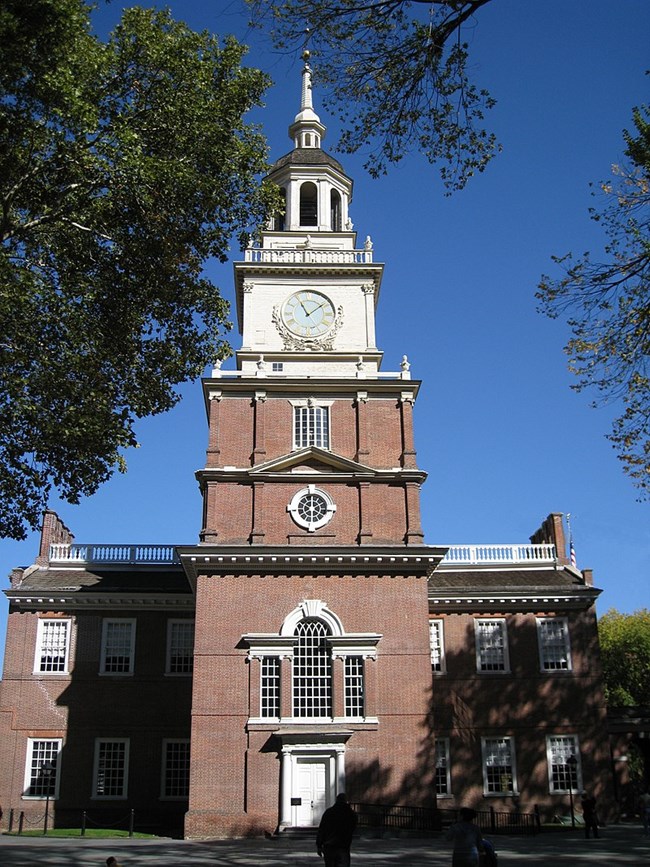
Inquiry Question:
When the founders of the United States wrote the Constitution, they reserved different powers for state governments and for the federal government. How does this balance of power affect people who live in the United States?
Reading:
Americans have many different views on the balance of power between federal, state, and local governments. This issue marked a basic difference between the first two American political parties.
In recent years, Americans have disagreed on:
-
whether the federal government could force local police to follow federal guidelines
-
whether state governments could set healthcare laws that were different from the federal laws
-
whether local governments could create public health restrictions that were different from the state’s orders.
The United States uses a federalist system of government. In this system, power is divided between federal, state, and local levels. Debates about the balance of power between these three are a core part of a democratic society. Yet Americans have also contributed to these debates in bad faith.
At times, people have used arguments about states' rights to promote racism. For example, segregationists in the mid-1900s argued that federal laws supporting racial quality violated "states' rights." Students can further explore this topic in Activity 1.
In the United States, local, state, and federal governments have each responded to the COVID-19 pandemic. These varying responses raised concerns about the power of each level of government. Students can further explore this topic in Activity 2.
Activities:
In the following activities, learners analyze and think critically about conflicts between the federal government and state or local governments and how that affects individual citizens. Educators should choose one of the following activities to complete with their participants.
Activity 1: Analyzing Primary Documents
Distribute the following document to participants. Working either individually or in small groups, participants should read the document and answer the first set of questions. Note that the names and platforms of political parties change over time. The beliefs of the Democratic or Republican parties of the 1940s do not align with those held by these parties today.
Document: Selections from Speech by Strom Thurmond, September 20, 1948
For the presidential election of 1948, a group of white Southern Democrats created their own political party called the States’ Rights Democratic Party (also known as the Dixiecrats). Strom Thurmond, the governor of South Carolina and the party’s nominee for president, gave this campaign speech over a radio broadcast in Texas. Truman, Dewey, and Wallace were the other presidential candidates. This passage is excerpted from the original speech, with some spelling and capitalization errors corrected for clarity.
One of the most critical hours in American history is at hand. The American people today are faced with a decision which will affect all their liberties for generations to come. That decision is so important that it outranks all the vital issues of domestic and foreign policy with which our people are concerned…
Today, the rights of the States, and the rights of the individual, are in mortal danger.
There are forces at work in this country today which are seeking to lead our people down the same pathway to the total state that was traveled by the people of Germany and Italy and Russia…
The power these three candidates [for president] propose to delegate to Washington is the power that now rests with your local city and county officials and with your representatives in your own state government. If their plans are carried out, your home county will be a shadow, and your home state a mockery.
For three decades some of our greatest Americans have warned that we must stop the grabbing of power by Washington. But the American people, busy with wars and depressions, have been asleep to this danger. Today, we are waking up at last. The tide of public opinion is turning.
And the alarm clock that is waking us up is the greatest single assault upon our individual freedoms and upon the rights of states ever made in this country.
That assault is being forced upon the American people under the false and misleading name of the Civil Rights Program. It has been flaunted in the platforms of the Truman-Democrats, the Dewey-Republicans, and Wallace-Progressives. It is a frontal attack on the way of life of the American people, and if it is carried out, the last barrier between us and a socialistic state will have been removed.
Let us look closely at this program of civil interference sponsored by Truman, Dewey, and Wallace.
First on the list is a disguised effort to gain control of the elections in our states. This proposal is known as an Anti-Poll Tax Bill. In reality, it is an attempt to take away from the states their right to set qualifications for voting, guaranteed by the Constitution.
Some states may disapprove of the Poll Tax as a prerequisite for voting. Others may approve of it. But under the Constitution, the Poll Tax is a matter for the states and the states alone. Therefore, any federal measure concerning the Poll Tax would tear down the only barrier which prevents Washington officials from controlling our elections…
Another proposal endorsed by the three Philadelphia conventions would break down the laws provided by our states to separate the races. This law would force the mingling of our two races in theatres, homes, schools, and restaurants. It would destroy, at one fell swoop, the harmony of the races in the South, built up over 75 years of struggle. It would wipe out, with one lick, the rights of the states to make their own social laws…
…The American people, waking up at last, are turning to the Party of the States Rights Democrats.
They know that a vote for Truman, or Dewey, or Wallace, is a vote for federal force laws, for co-mingling of the races, for federal control of elections, for federal control of business, and the federal police state. And they know that a vote for the States Rights Democrats is a vote for the rights of States, and for the freedom of the individual man to live his own life.
Question Set 1:
-
Who was Strom Thurmond? What was his job?
-
Re-read the introduction to this document. What was the occasion for this speech?
-
What do you think Thurmond was trying to get his audience to do?
-
How would you describe the tone of this speech? (calm, sad, joyful, etc.)
-
In this selection, you read about two proposals. What is the first one? Based on its name, what do you think it would do if it became law?
-
What is the second proposal that Thurmond mentions? What would this proposal do if it became law? (Hint: if you are having trouble making sense of the language, read it multiple times).
-
What do the two proposals that Thurmond criticized have in common?
-
Based on his criticism of those two proposals, what sort of laws do you think Thurmond opposed?
After participants have completed the document analysis questions, review the answers as a group. Make sure learners understand that the first proposal Thurmond mentions was a law that would make it illegal for states to have a poll tax, and that the second proposal was a less clearly defined law that would make racial segregation illegal. If students are not familiar with the poll tax, explain that it was a way to prevent impoverished people, particularly impoverished Black people, from voting. Next, ask participants to read the document again and answer the second set of questions.
Questions Set 2:
-
According to Thurmond, what is in “mortal danger”?
-
What reason(s) does Thurmond give for opposing the first proposal?
-
What reason(s) does Thurmond give for opposing the second proposal?
-
In your own words, what is the main reason Thurmond gives for opposing these proposals?
Review students’ answers as a group, confirming that Thurmond opposed civil rights laws using the language of “states’ rights.” Ask participants why they think Thurmond used states’ rights language to make his arguments. Who do learners think these arguments might have appealed to?
Thurmond, Strom, "States' Rights" (1948). Strom Thurmond Collection, Mss 100. 386.
https://tigerprints.clemson.edu/strom/386.
Activity 2: Researching Federalism and COVID-19
Have participants read the three quotes about federalism during the COVID-19 pandemic and complete the following graphic organizer. Learners could work either individually or in small groups. After students have completed the graphic organizer, ask participants which argument they found the most convincing. You could also prompt participants to share their views on whether lower levels of government should be allowed to make their own public health laws during a crisis.
As an alternative to the quotes provided in this activity, you could substitute quotes updated to the most recent events in federalism and COVID-19. For an additional challenge, students could research their own quotes.
Quote 1
“Lebanon County will begin reopening next Friday, May 15, even though the state still has the county in the red phase at least until June 4…Officials and lawmakers representing Lebanon County sent Gov. Tom Wolf’s administration a letter Friday outlining their intention. ‘We have heard the pleas of our residents who desire the ability to safely re-open their businesses and safely return to work,’ the letter said in part…‘Enough is enough. It is time to reopen the Commonwealth of Pennsylvania and return our state to the people (as prescribed by our Constitution) and not run it as a dictatorship,’ the letter said.”
--Lancaster Online, “Several southcentral Pa. officials say they’ll reopen ahead of Gov. Wolf’s timeline,” May 10, 2020
Quote 2
“I heard the President speak yesterday and what he was tweeting about today on schools. And look, this is getting a little old as far as I'm concerned. And I heard what the President said on schools, but this is been there, done that, right? School reopenings are a state decision, period…we'll get the data and we'll make that decision in August. But just to be clear, the federal government has no legal authority when it comes to school openings.”
--New York Governor Andrew Cuomo, July 8, 2020
Quote 3
“‘Absolutely under our Constitution and our laws governments, state and local, and basically local governments are a function of state government, so it’s state government has the ability to set rules in place to protect the public health,’ said Bloomington Mayor John Hamilton…Last Friday, [Indiana Governor Eric Holcomb] issued another executive order loosening—for most of the state—some of the restrictions that had been in place. He called it Phase 2 of a five-step plan for reopening Indiana. He gave local authorities the right to have stricter guidelines than the state…Dr. Tom Sharp, designated by the county health department as the Monroe County Public Health Authority, wrote the order requiring the Monroe County [which includes the city of Bloomington] state of emergency orders to continue, thus negating the governor’s May 1 order allowing some businesses to reopen.”
--Indiana Public Media, “Can Monroe County Really Impose Tougher COVID-19 Restrictions Than The State?” May 6, 2020
| What are the levels of government involved? | What is the lower level of government trying to do? | What is the higher level of government trying to do? | Is the higher level of government permitting the lower level to do that? | What argument is the lower level of government making for itself? | |
| Quote 1 | |||||
| Quote 2 | |||||
| Quote 3 |
Wrap-up:
-
How do you interact with the different levels of government in your daily life?
-
Are there examples of conflicts between local and federal power in your community?
-
Why might the balance between state and federal power matter in your life?
-
What does learning about the balance of power make you wonder or want to know more about?
Additional Resources:
National Archives
The National Archives has a lesson plan titled “Understanding Federalism,” for middle-school audiences. The website has other lesson plans and DocsTeach activities that touch on federalism. Some of these resources are also available in Spanish. The National Archives’ other educational resources include mini activities and ebooks for students.
PBS LearningMedia
PBS has two high school-level lesson plans about federalism: “Define and Classify the Powers Associated with Federalism,” and “Analyzing McCulloch v. Maryland.” Both lesson plans include PBS video segments.
Federalism in U.S. History
-
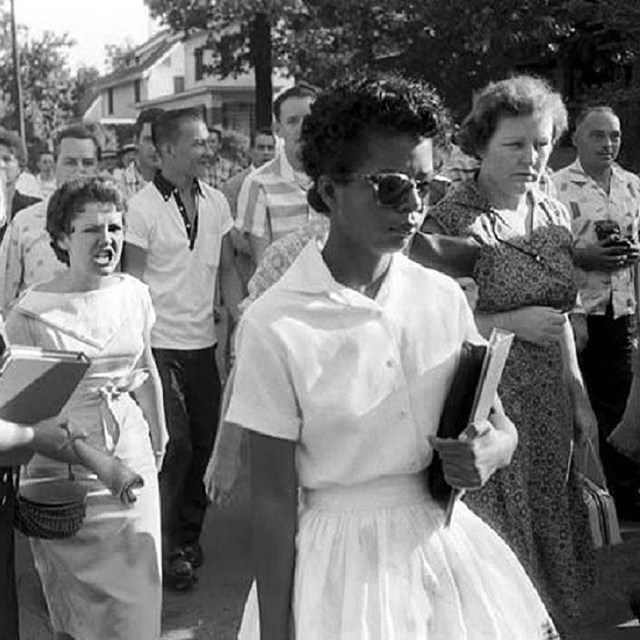 From Canterbury to Little Rock
From Canterbury to Little RockUnderstand the magnitude of the struggle involved in securing equal educational opportunities for African Americans.
-
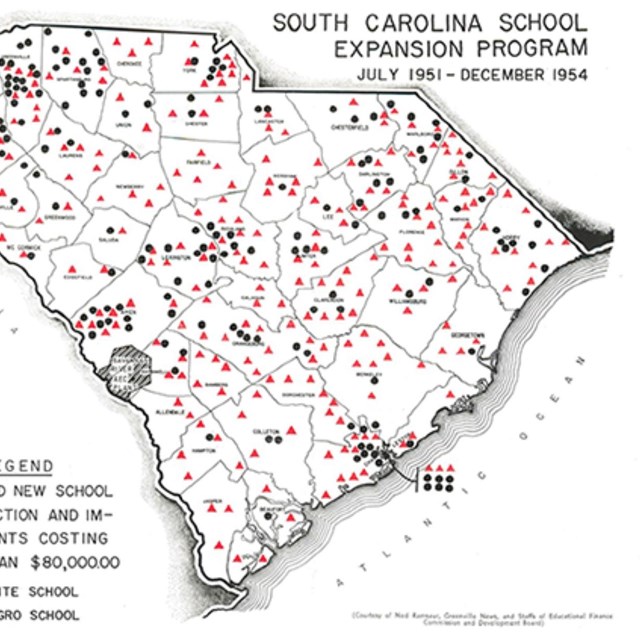 Separate But Equal?
Separate But Equal?Explore South Carolina's fight over school segregation.
-
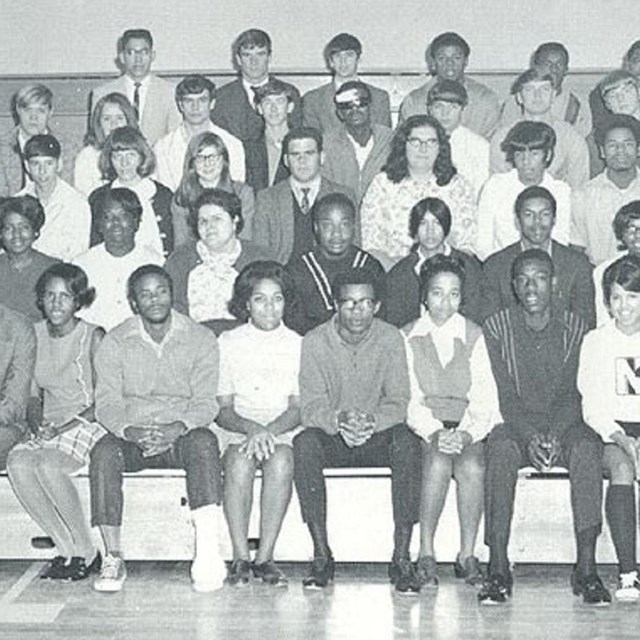 New Kent School
New Kent SchoolDiscover more resources on the desegregation of the New Kent School and the George W. Watkins School.
-
 The Sewall-Belmont House
The Sewall-Belmont HouseLearn about how American women organized to increase their political rights in the 20th century.
-
 Brown v. Board
Brown v. BoardLearn about the landmark U.S. Supreme Court case that declared segregation in public schools unconstitutional.
-
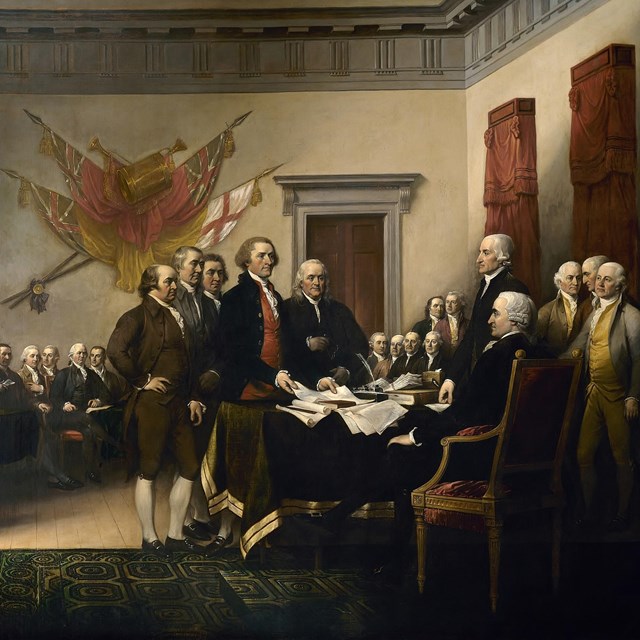 Independence Hall
Independence HallLearn about the international influence of the Declaration of Independence and the Constitution.
Last updated: July 31, 2023
